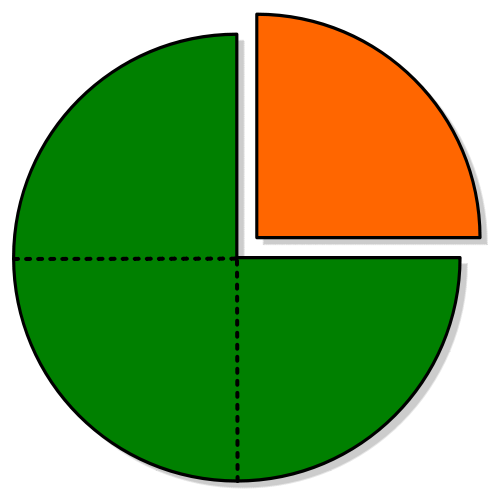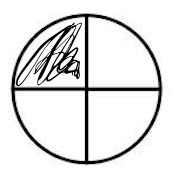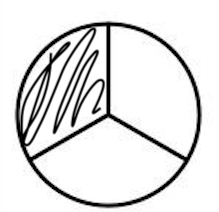Teaching your child equivalent fractions

Fractions are important for children to learn, they are taught on school syllabus, as well as useful for day-to-day life. the first step is teaching your child equivalent fractions.
Equivalent fractions are fractions with different numerators (the number at the top) and denominators (the number at the bottom), but they represent the same values.

- For example, 1/2 , or one half, is the same as 2/4, or two quarters.
- This is because 2/4 will reduce to 1/2, which is its simplest form.
- They both represent the same value, they are just written differently.
So, equivalent fractions are fractions which look different from each other but they are the exact same value.
- 2/3 is the same as 4/6.
- This is because the numerator 2 goes into 4 twice.
- The denominator 3 also goes into 6 twice.
So:
2 x 2 = 4
3 x 2 = 6
This would become 4/6.
- It’s the same as 1.
- Take 1 to be 100, or one whole.
- Therefore, 1 is the same as 3/3, which is a complete fraction.
- This is because the numerator and denominator are the same.
Teaching your child equivalent fractions at home is simple once you break it down.
Knowing that the fractions are the same value, but written differently is the most important rule.
Once this has been taught, then you can provide examples and explain why they are the same values.
Subtracting fractions in 3 simple steps

Fractions are a challenging subject to grasp in maths. Helping children with subtracting fractions doesn’t have to be a difficult task though…
Follow our top tips on subtracting fractions in 3 simple steps!
1. Basic rules:
- The top number is called the numerator.
- The bottom number is called the denominator. This can be remembered as ‘d’ stands for denominator and down, as it’s at the bottom.
- Whatever is done to the denominator, must be done to the numerator.
2. Subtracting fractions with the same denominators
- As the denominators are the same, all that needs to be done is subtracting the numerators.
Example:
2/3 – 1/3
2 – 1 = 1
= 1/3
3. Subtracting fractions with different denominators
- The first step is finding the common denominator of the fractions being subtracted.
- This means that the bottom numbers need to be the same,
- To do this, find a number that both bottom numbers go into – a multiple of that number.
- For example, if the denominators are 4 and 8, both of these are a multiple of 8.
- It’s important to remember that whatever is done to the denominator, must be done to the numerator.
Example:
7/8 – 1/4 (Make the denominators the same)
7/8 – 1/8 (Do the same to the numerators)
1 x 2 = 2
7/8 – 2/8
Now subtract the numerators.
7-2 = 5
= 5/8
Top tips:
- Try drawing out the equations so it can be visualised. You can draw it like a pie:
 so this represents 1/4
so this represents 1/4
 and this is 1/3
and this is 1/3
- Or try asking it as a word problem.
- For example, Jessica has 1/3 of a chocolate bar. She gives her brother 1/2 of this. How much of the chocolate bar does she have left?
Subtracting fractions in 3 simple steps has never been easier!
Firstly teach your child the basic rules, labelling the numerator and denominator.
When the denominators are the same, the numerator simply has to be subtracted to get the answer.
When the denominators are different, a multiple of both denominators needs to be found.
Once this is complete, the same must be done to the numerator. Finally, subtract the fractions!
For additional help with subtracting fractions, click here.
If you are interested with other maths activities, like teaching times tables, find out more here.
